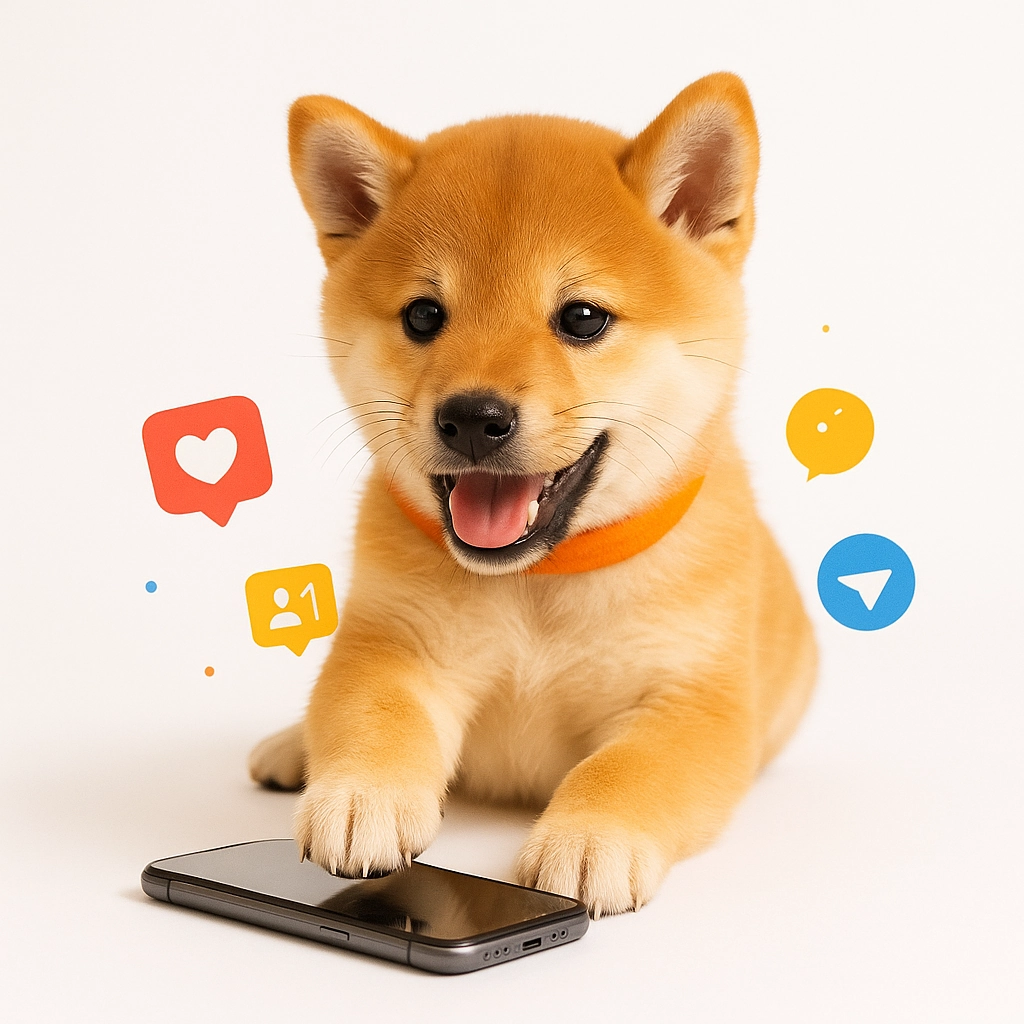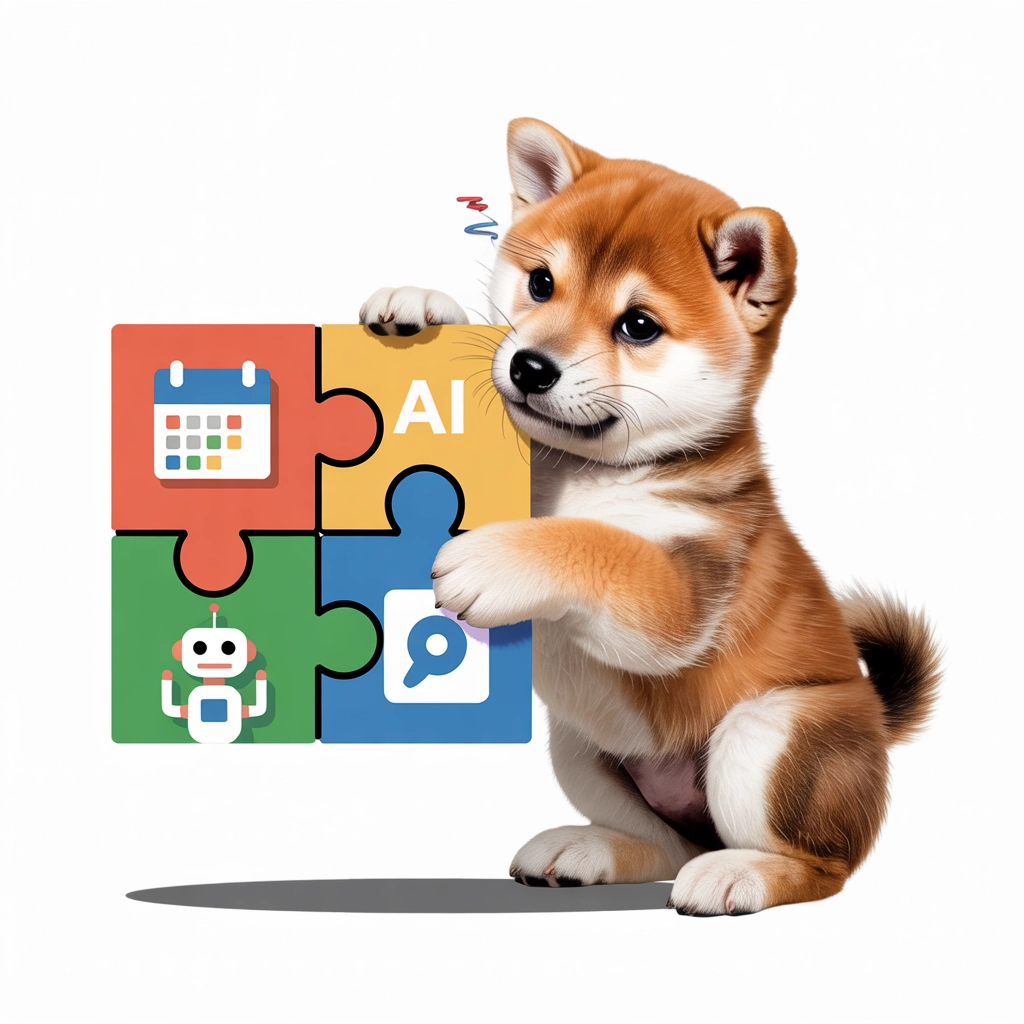Step-by-Step: Set Up Automatic Social Media Posting with AI
Learn how to set up your social media to practically run itself with AI automation. Save 5-10 hours weekly while maintaining consistency across platforms.

 🐾
🐾Step-by-Step: Set Up Automatic Social Media Posting with AI

Running your social media accounts can feel like a full-time job. Between creating content, finding the right time to post, and maintaining consistency across platforms, it's easy to see why many small business owners find themselves drowning in the social media deep end.
But what if your social media could practically run itself? In 2025, that's not just possible—it's surprisingly simple with the right AI tools.
Why Automate Your Social Media Posting?
Before diving into the how-to, let's talk about why this matters:
- Save 5-10 hours weekly: Reclaim time for what you actually started your business to do
- Maintain consistency: Algorithms reward regular posting—humans aren't always reliable, but automation is
- Post at optimal times: Your audience might be most active when you're asleep or busy
- Reduce decision fatigue: Stop the daily "What should I post today?" stress
What You'll Need
To set up your automated social media system, you'll need:
- A content creation AI tool
- A social media scheduling platform
- An automation connector (optional but recommended)
- Your social media accounts
Let's break down how to set this up, step by step.
Step 1: Choose Your AI Content Creation Tool
The foundation of your automation system is having content worth sharing. In 2025, several AI tools excel at creating social-ready content:
For text-based posts:
- ChatGPT-4 or Claude 3: Great for generating captions, quotes, and tips
- Jasper AI: Specifically designed for marketing copy
- Copy.ai: Excels at shorter-form social content
For visual content:
- Midjourney or DALL-E 3: Generate custom images based on prompts
- Canva with AI features: Create templates once, then let AI fill in new content
- Pictory: Turn blog posts into video snippets
Choose the tool that fits your content style—many offer free trials or have reasonable monthly subscriptions.

Step 2: Set Up Your Content Calendar
Before automating, you need a strategic plan. Create a simple content calendar that includes:
- Content themes: What topics will you cover each week?
- Content types: Mix of promotional posts, educational content, behind-the-scenes, etc.
- Posting frequency: How often will you post on each platform?
A simple spreadsheet works perfectly for this. Create columns for:
- Date and time
- Platform (Instagram, LinkedIn, Twitter, etc.)
- Content type
- Main message/topic
- Call to action
- Hashtags
This spreadsheet will become the "brain" of your automation system.
Step 3: Connect Your AI to Your Scheduler
Now for the magic—connecting your AI content creator to your posting schedule. Here's how to set it up with popular tools:
Option A: Using Buffer with AI Integration
Buffer is one of the simplest solutions for small businesses:
- Sign up for a Buffer account and connect your social profiles
- Enable Buffer's AI Assistant feature
- Create your content calendar in Buffer
- For each scheduled post, click "Generate with AI" and provide a brief topic
- Review, edit if needed, and approve
- Buffer will automatically post at your scheduled times
Option B: Advanced Setup with Make.com (Formerly Integromat)
For more customization:
- Create a Make.com account
- Set up a new scenario with these modules:
- Trigger: Google Sheets (your content calendar)
- Action: ChatGPT or your preferred AI tool
- Action: Your social media scheduler (Buffer, Hootsuite, etc.)
- Configure the scenario to:
- Monitor your spreadsheet for new entries
- Send the topic to your AI tool to generate content
- Pass the AI-generated content to your scheduler

Step 4: Create AI Content Templates
The secret to consistent, on-brand posts is creating good templates for your AI. Here are sample prompts that work well in 2025:
For LinkedIn:
Create a professional LinkedIn post about [TOPIC]. Include one industry statistic, use a conversational tone, and end with a thought-provoking question. Keep it under 200 words and include 2-3 relevant hashtags.
For Instagram:
Write an engaging Instagram caption about [TOPIC]. Start with a hook, include 3 value points with emojis, and end with a clear call to action. Add 5-7 hashtags that would appeal to [YOUR TARGET AUDIENCE].
For Twitter/X:
Create a short, punchy tweet about [TOPIC] that would encourage retweets. Include one surprising fact or tip and no more than 2 hashtags. Must be under 280 characters.
Save these templates in your content calendar or directly in your AI tool for quick access.
Step 5: Set Up Review Workflows (Optional)
While full automation is possible, most businesses prefer a quick review before posts go live. Here's how to set that up:
- In your scheduler, enable "approval required" settings
- Set up email or app notifications for when posts are ready for review
- Create a 15-minute block in your calendar twice weekly to review and approve upcoming posts
This gives you the perfect balance—AI does the heavy lifting, but you maintain control over your brand voice.
Step 6: Analyze and Optimize
The final piece of the puzzle is continuous improvement:
- Set up a monthly review of your social media analytics
- Identify which AI-generated posts performed best
- Look for patterns in content types, posting times, and messaging
- Update your AI prompts based on what's working
Most scheduling tools offer built-in analytics, but you can also use the native analytics from each platform.

Troubleshooting Common Issues
Even in 2025, no automation system is perfect. Here are quick fixes for common problems:
Problem: AI content sounds too generic
Solution: Add more specific brand voice instructions and examples of your best-performing posts to your prompts
Problem: Images don't match your brand aesthetic
Solution: Create a mood board of 5-10 images you love, and include the link in your AI image generation prompts
Problem: Posts going live with errors
Solution: Add a 24-hour buffer between generation and posting for review time
Putting It All Together: A Week in the Life
Here's what your new social media workflow might look like:
Monday (30 minutes):
- Review analytics from previous week
- Update content calendar topics for the next two weeks
- Trigger AI to generate next batch of content
Thursday (15 minutes):
- Review and approve all AI-generated posts for the coming week
- Make any quick edits needed
Rest of the week:
- Your posts go live automatically at optimal times
- You engage with comments and messages when convenient
- Your social presence grows while you focus on your business
Conclusion: From Time-Sink to Time-Saver
By implementing this AI-powered posting system, you're not just saving time—you're actually improving your social media presence through consistency and strategic timing. The tools of 2025 have made what used to take hours daily into something you can manage in less than an hour per week.
Ready to take the next step in automating your business? Check out our AI assistant personas designed specifically to handle tasks like this and much more.
What aspect of your social media management takes up the most time right now? Let us know in the comments, and we might feature AI solutions for your specific challenges in our next post!
 🐾
🐾